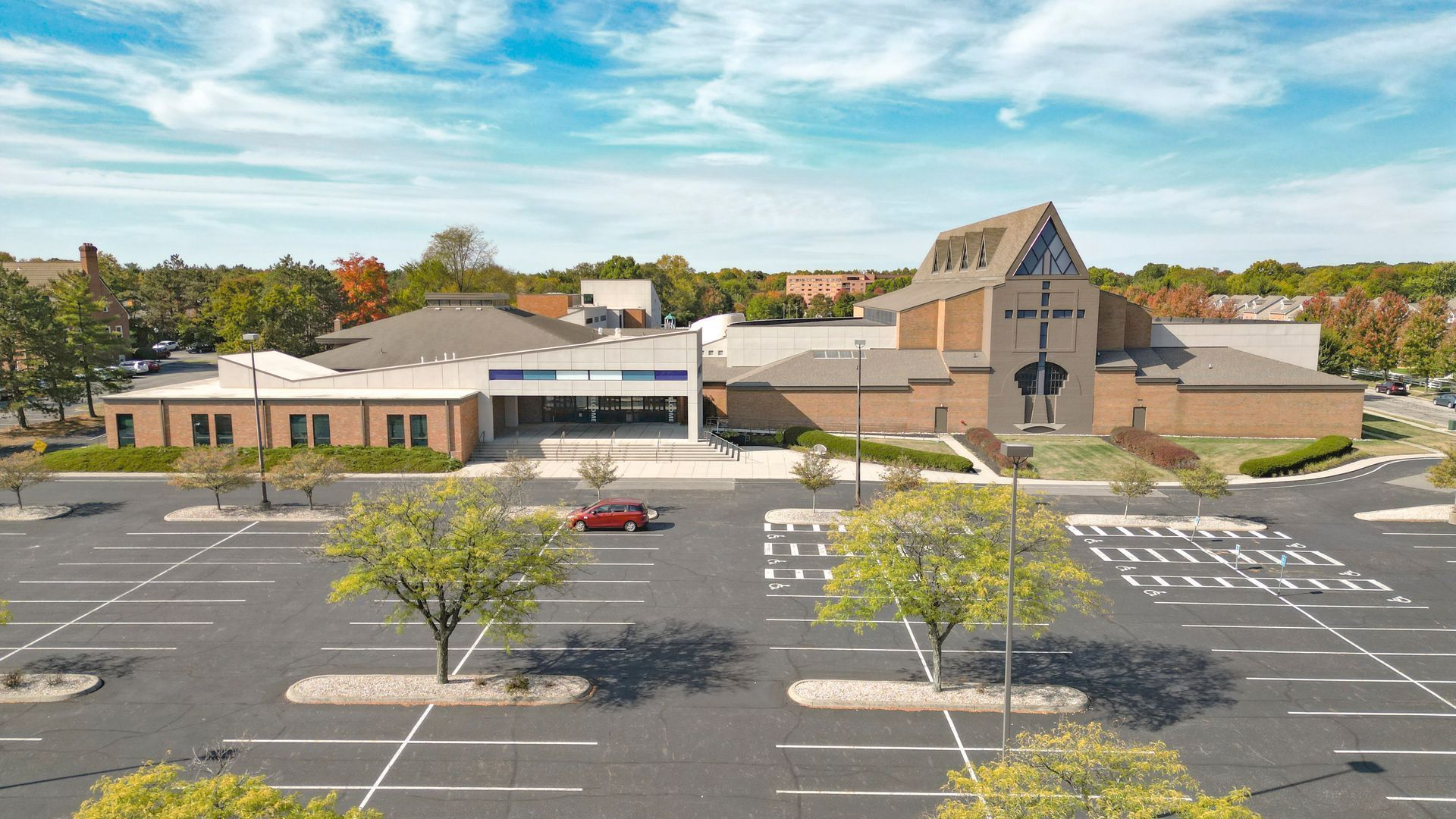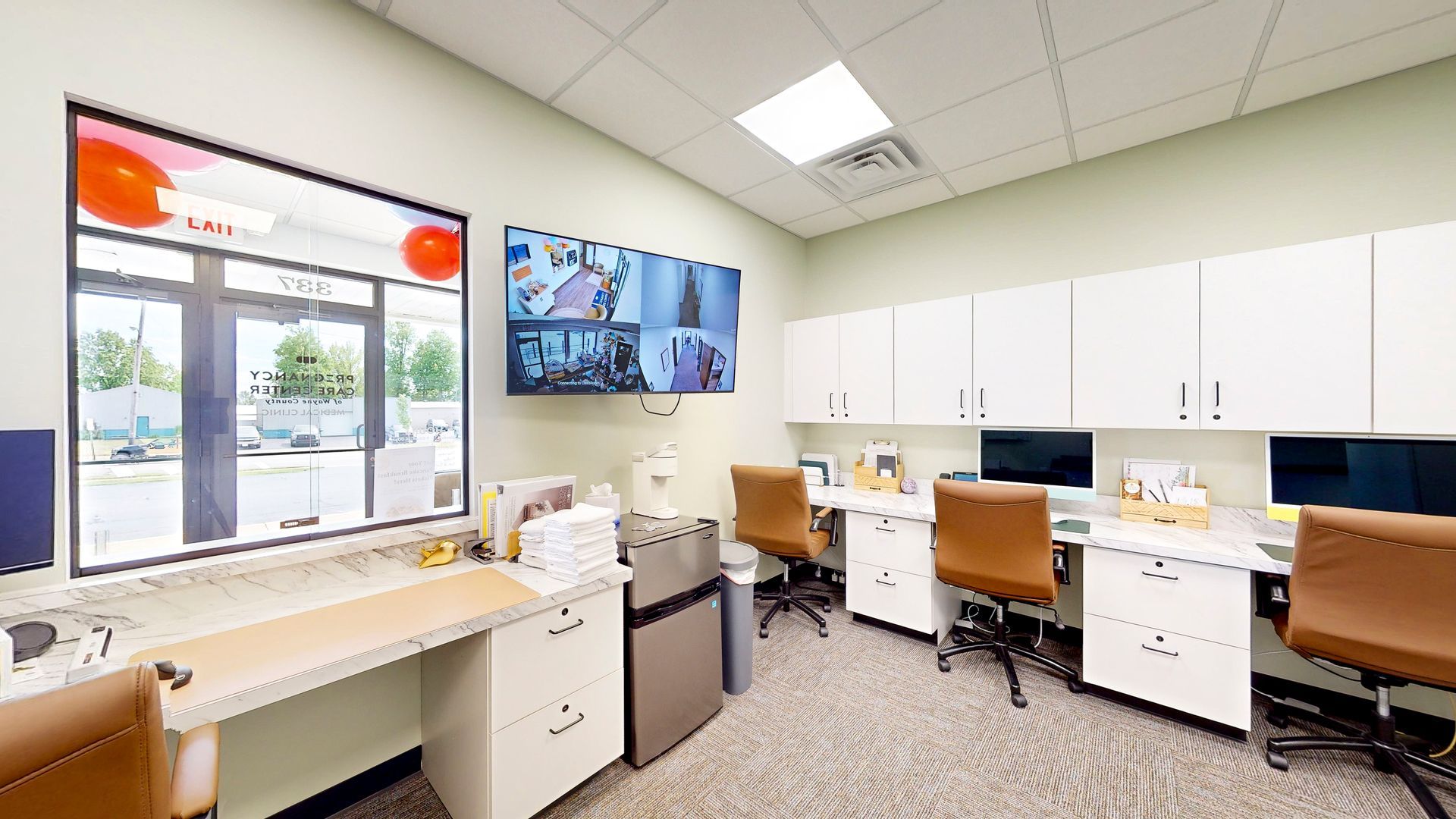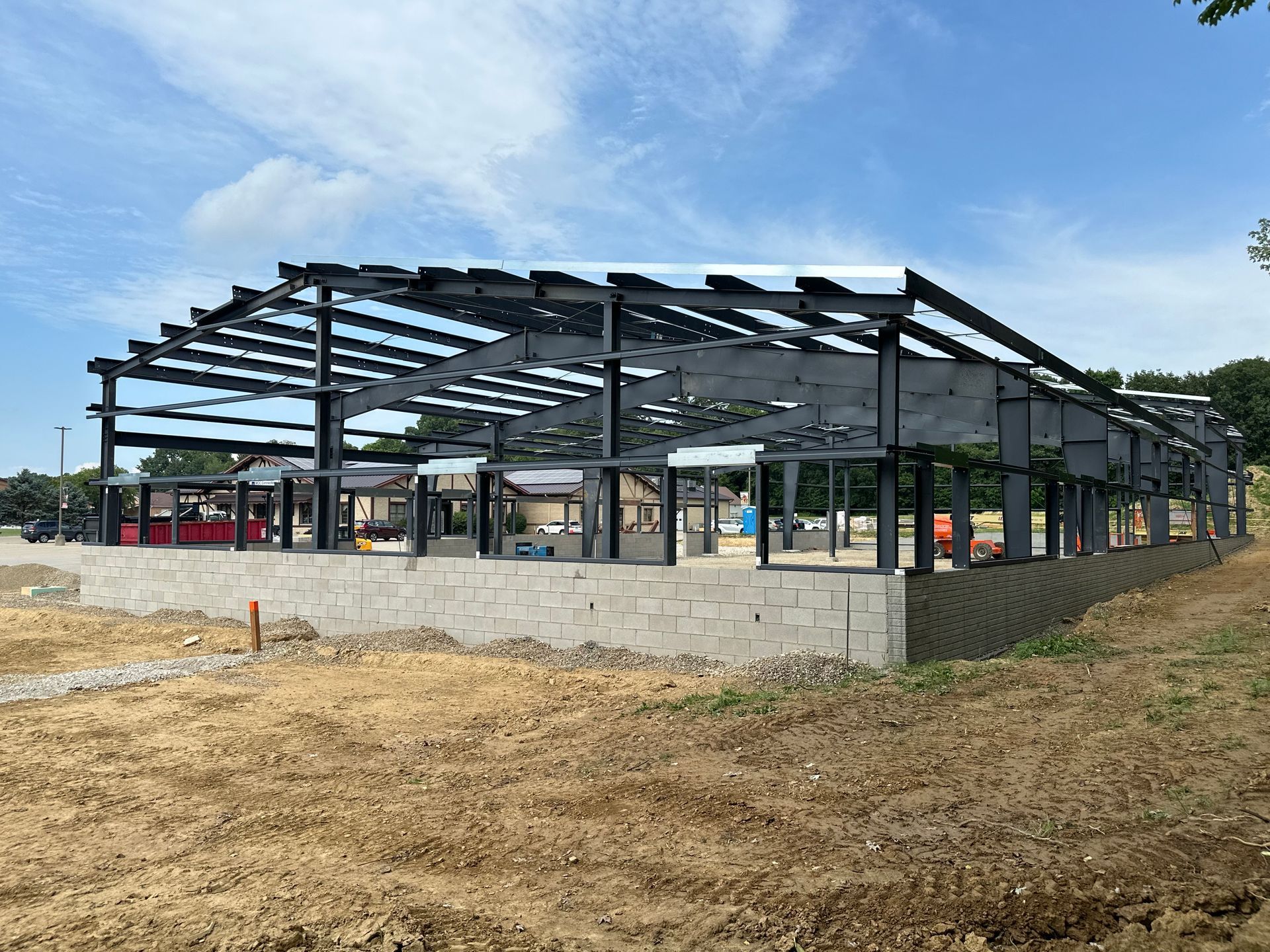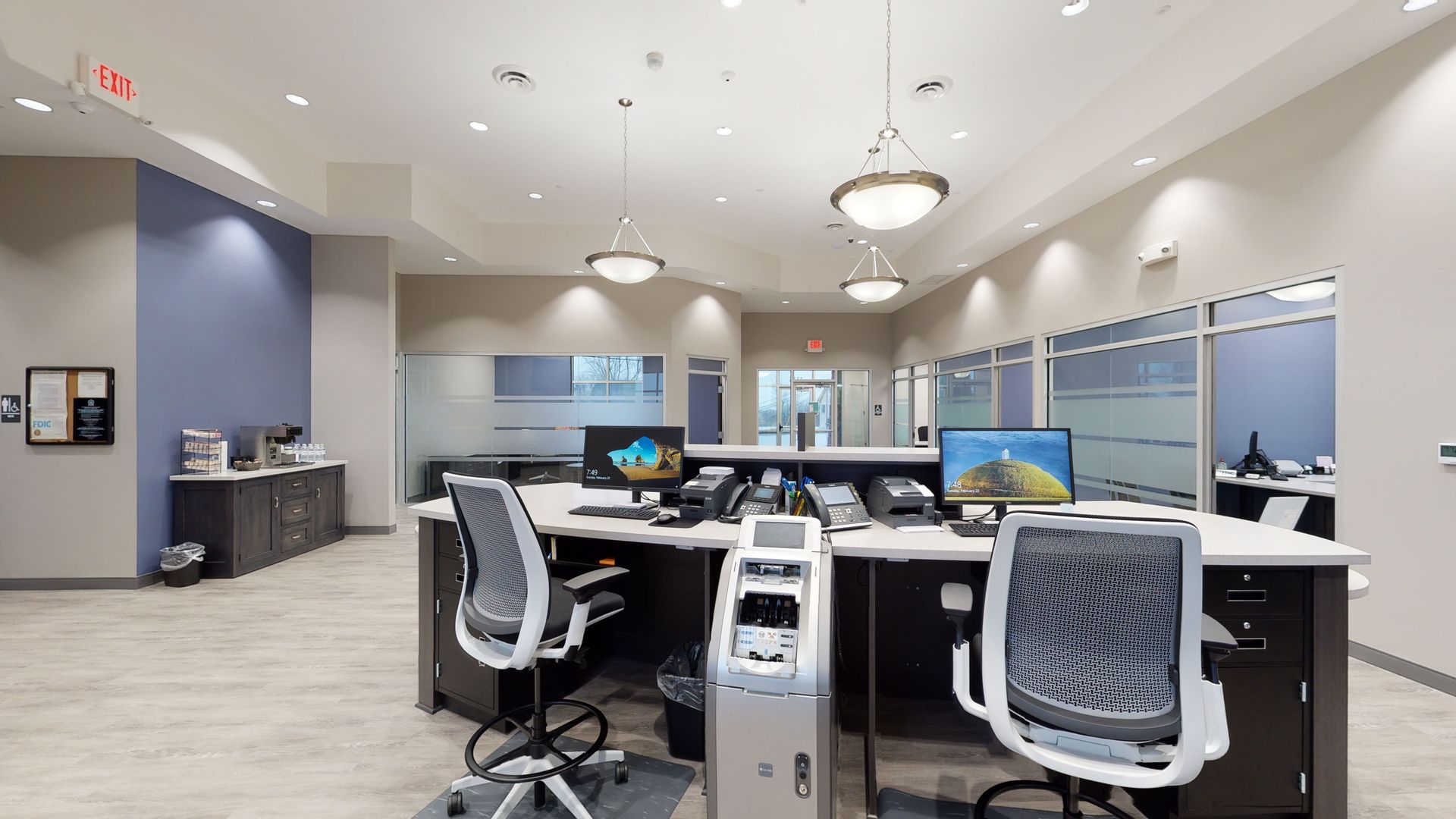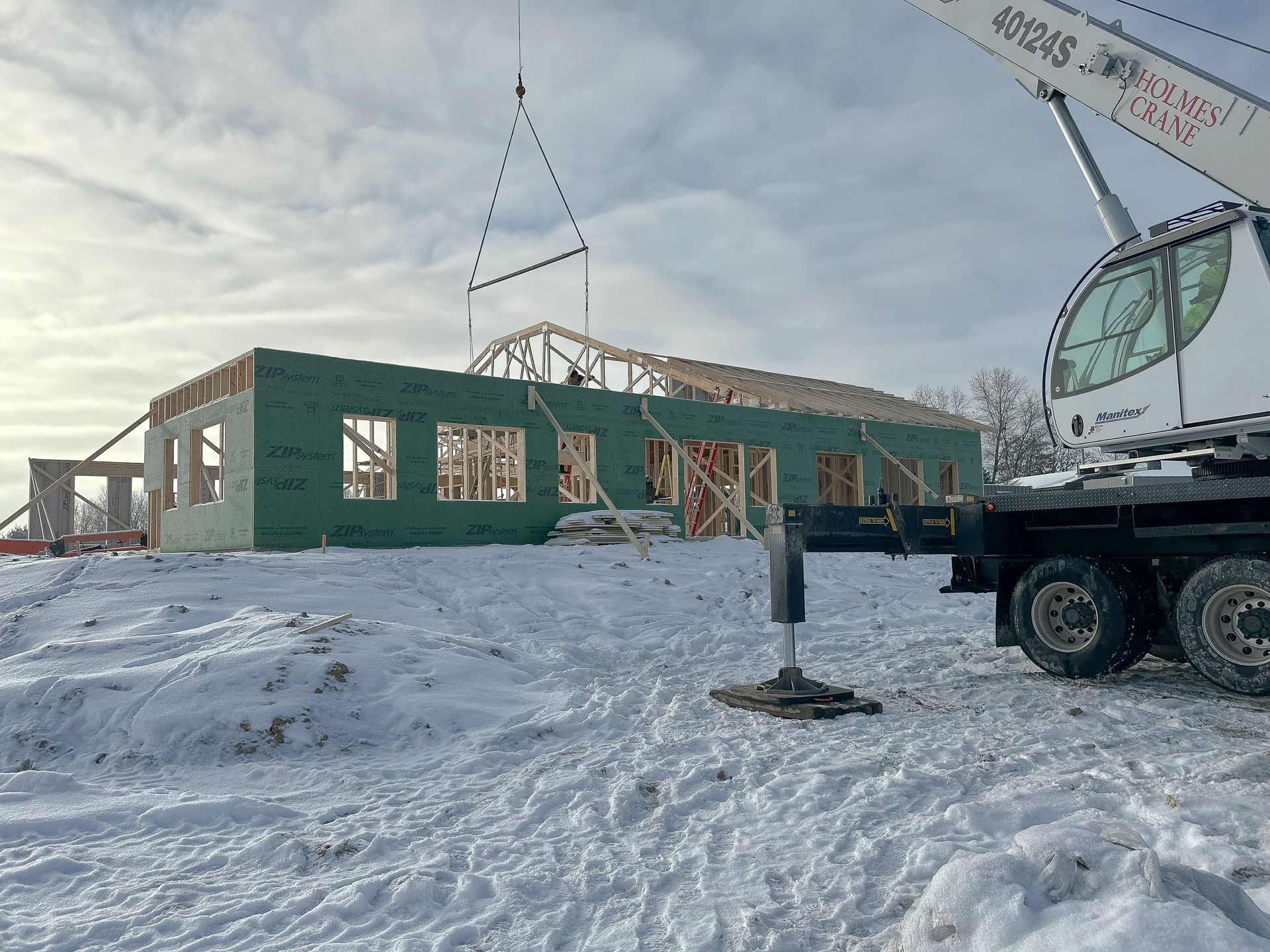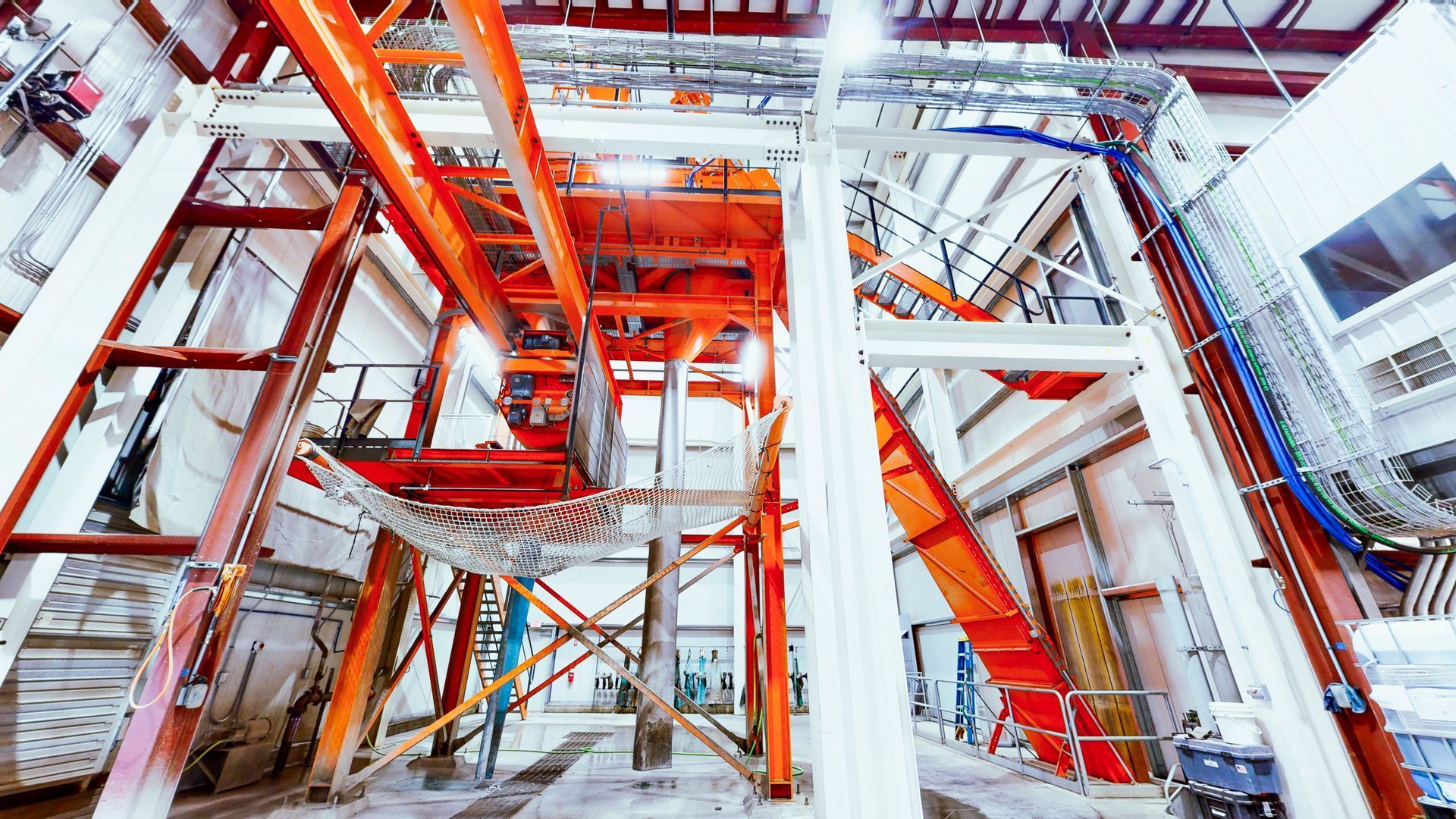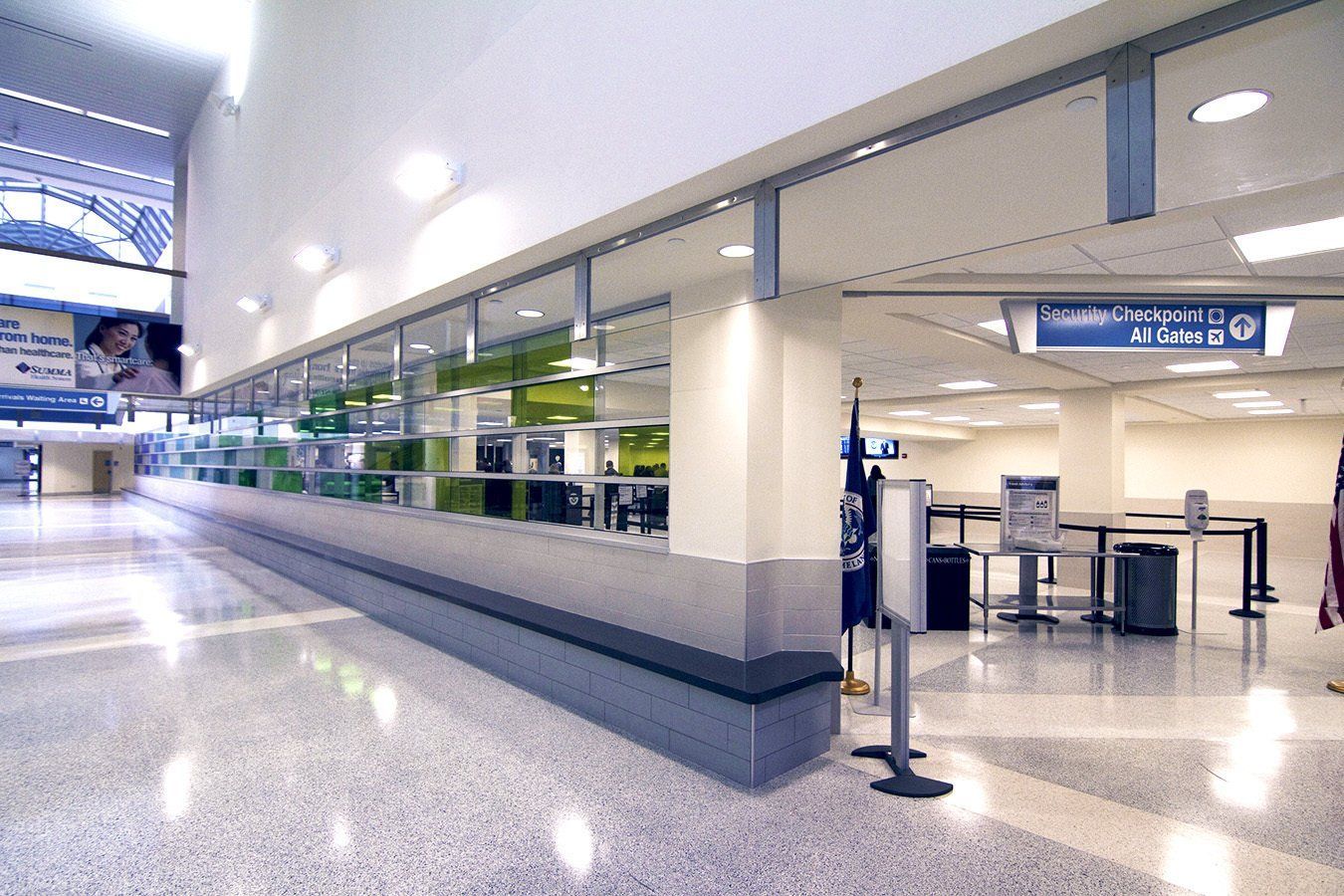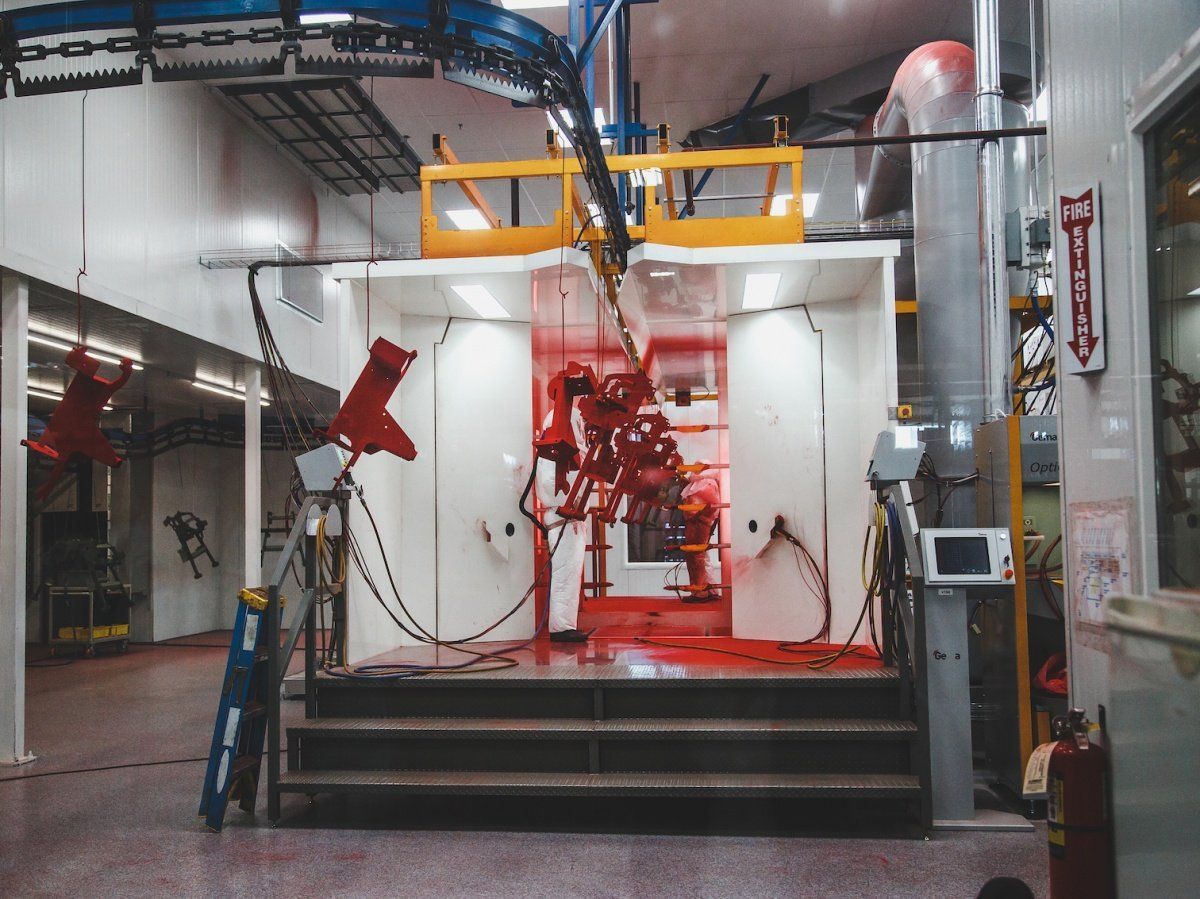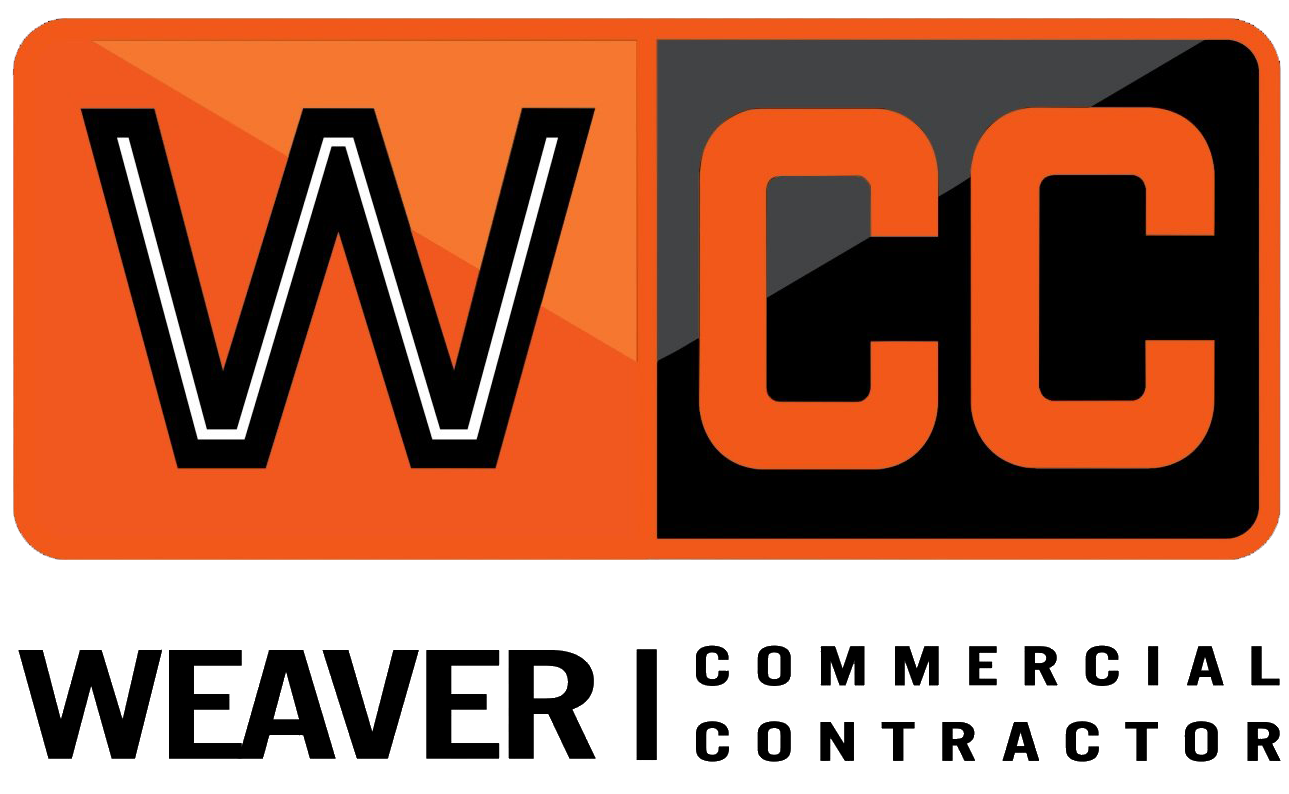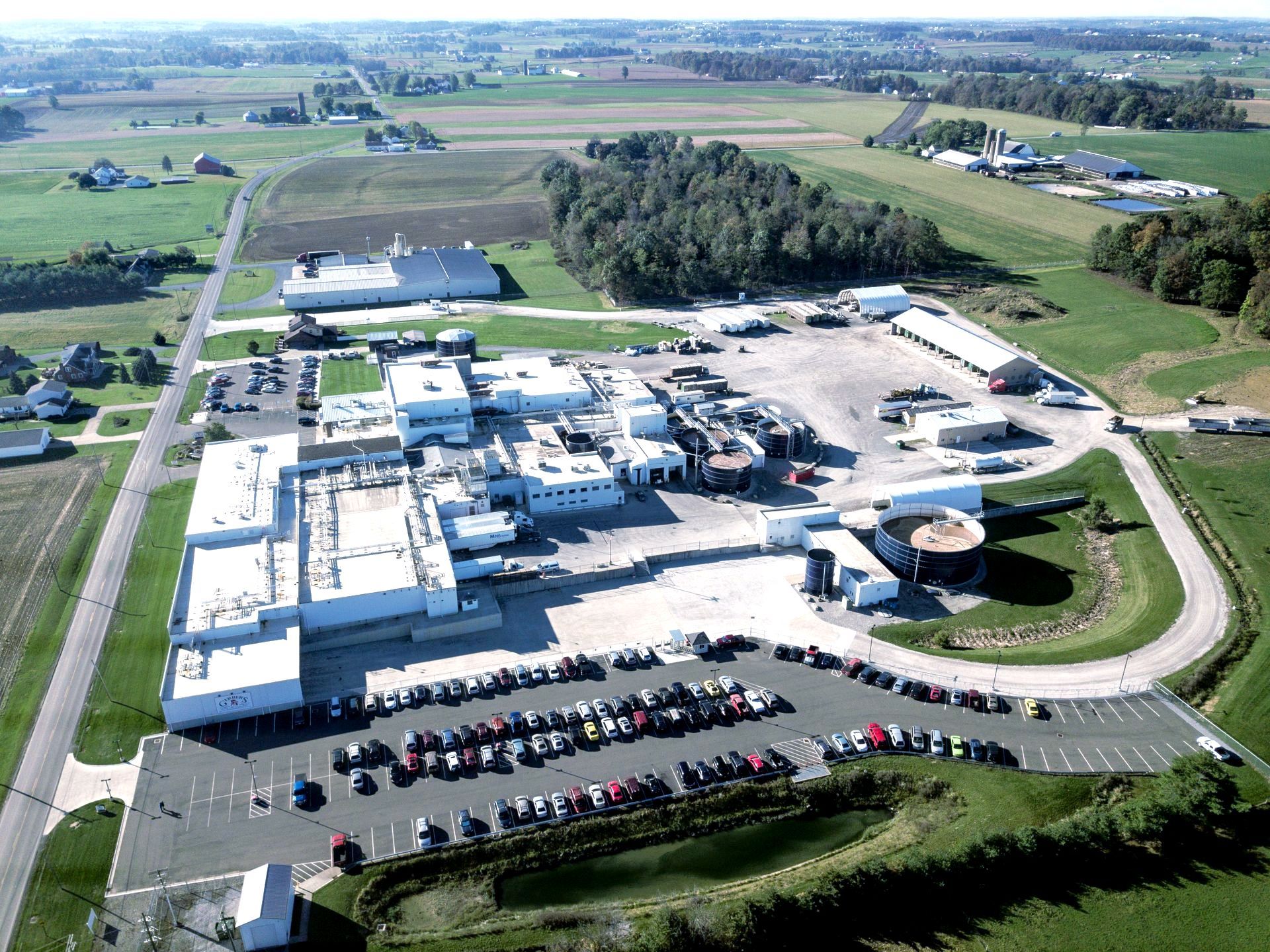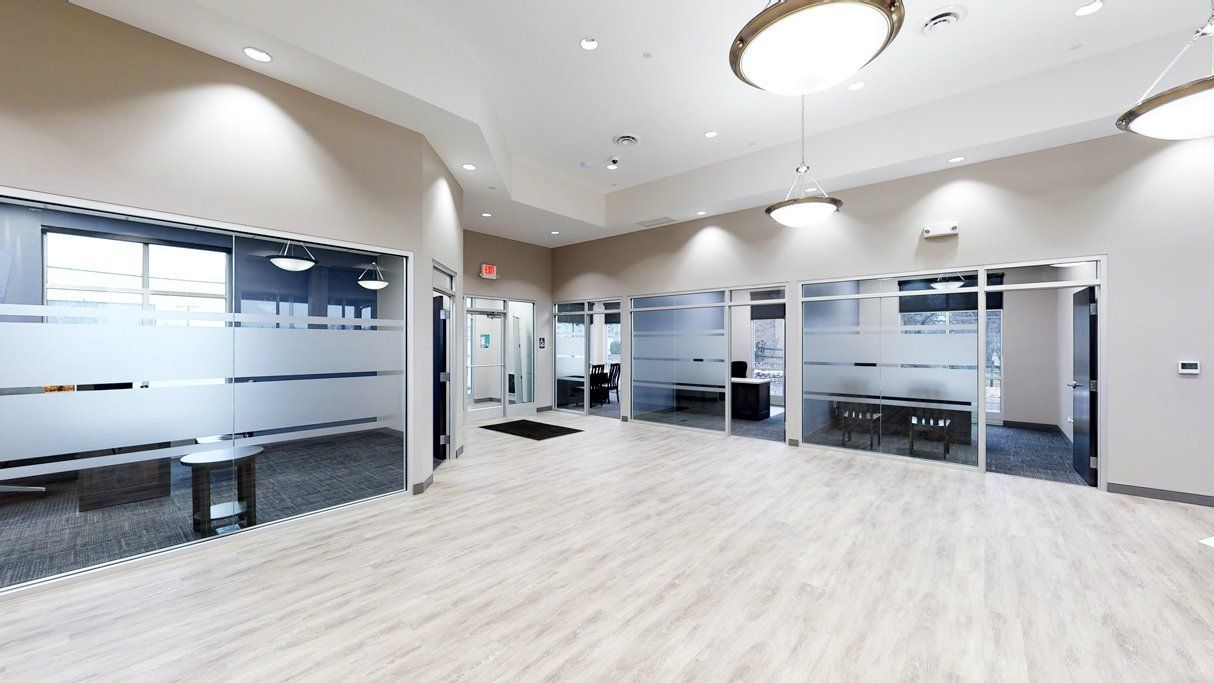Follow Us
Join our newsletter
Types of Commercial Construction Methods
Contractors take several factors into consideration when pursuing commercial building construction methods. Designers deploy strategic materials and approaches depending on the planned building’s use, occupancy, square footage, climate, budget and other factors. Learn more about the pros and cons to steel, concrete and other commercial construction methods.
Wood Frame
Let’s start with a popular approach: wood frame construction. This natural, renewable medium is often cost effective and very easy to work with. Designers use wood for framing, walls, floor joists and roof construction, but stop short of most exterior uses. Stone, brick and non-wood siding offer greater fire resistance and weatherability than wood. Wood frame appears most often in residential construction, but can also work in restaurants and office buildings.
Light-Gauge Steel Frame
Light-gauge steel is another relatively low-cost material with many of the same uses as wood (studs, plates, joists, rafters, etc.) but won’t deteriorate. It’s a popular commodity for commercial building because it offers a high strength-to-weight ratio and higher flame resistance than wood. Light gauge steel comes with a galvanized coating for extra protection and can be easily carried, cut and assembled on a job site. It’s the go-to material for mid-rise commercial buildings, hotels and apartments.
Joisted or Load-Bearing Masonry
This method combines the use of concrete or bricks for load-bearing walls with wooden joists for floors and ceilings. Joisted or load-bearing masonry makes for a labor-intensive project that results in a heavy structure. While the materials are readily available, they create a rigid building that won’t fare well in an earthquake.
Steel Frame
We see steel frame construction frequently in high-rise buildings because cranes make it easy to transport materials up for quick welding and assembly. A combination of heavy steel and light-gauge steel comprises the main and non-support structures, respectively. Steel also delivers a flexible, earthquake-friendly solution. It’s prone to corrosion in humid climates, but stands up against high wind. This makes steel frame construction an excellent choice for bridges, too.
Concrete Frame
Look for concrete frame construction in elevated roads, high-rise buildings and parking garages. In this method, builders use concrete beams and reinforced concrete columns to erect a support structure. This approach requires on-site casting and curing time, which takes longer than wood or steel assembly. On the positive side, concrete offers a low maintenance cost and does well against the effects of weather over time.
Pre-Engineered
Pre-engineered buildings are manufactured and built before they get shipped to the construction site. Once delivered, they simply bolt the pieces together. This construction method is ideal for a wide range of commercial construction applications and comes together much faster on site than more traditional methods. Pre-engineered construction is a cost-effective route with strong, low-maintenance, eco-friendly steel components.
Weaver Commercial Contractor
Partner with a contractor who’s well versed in a variety of commercial building construction types. Weaver Commercial Contractor will work with you to fully understand your project and pursue the method that makes the most sense to meet your needs and your budget. Learn more about what we do and how we can help you today.
